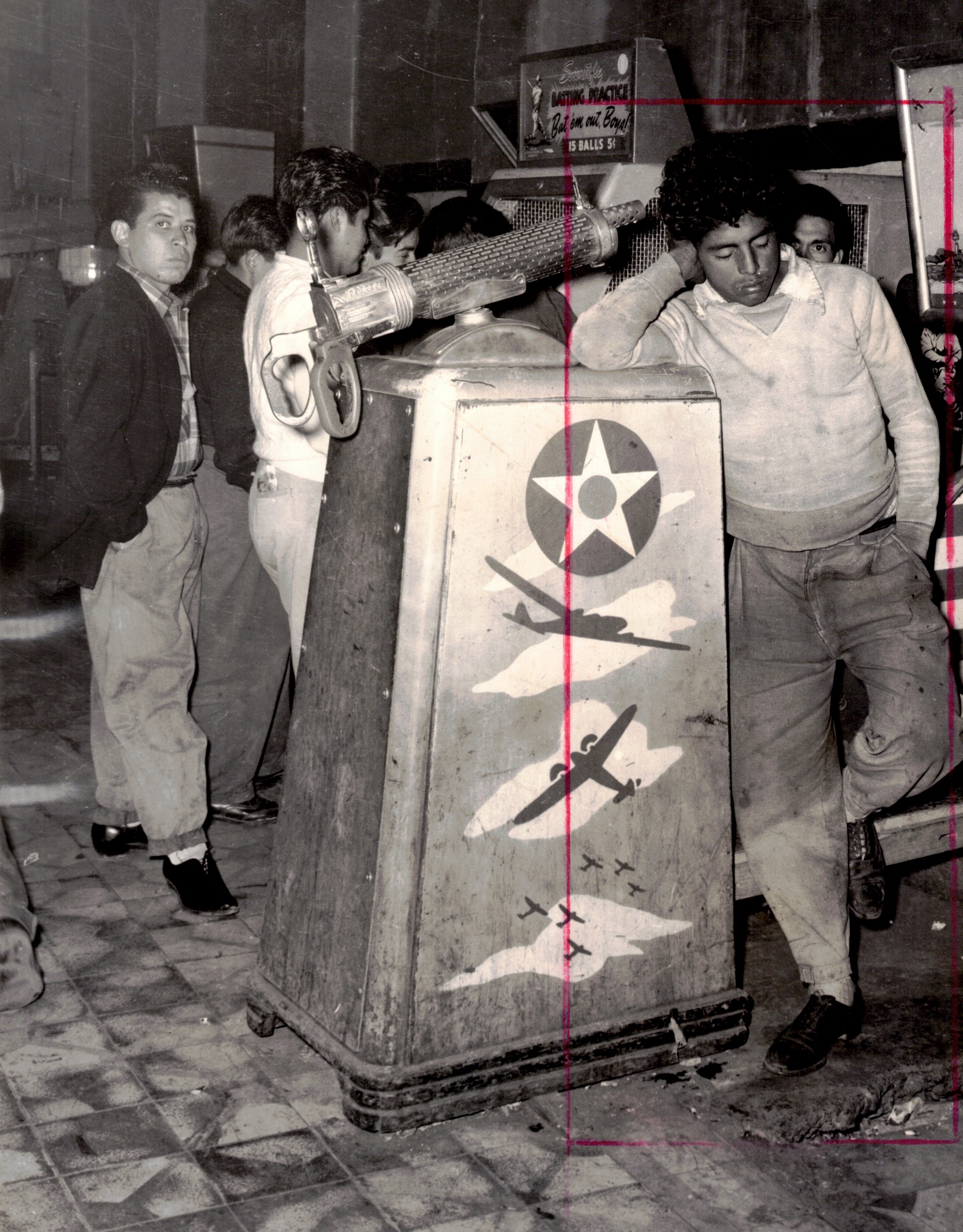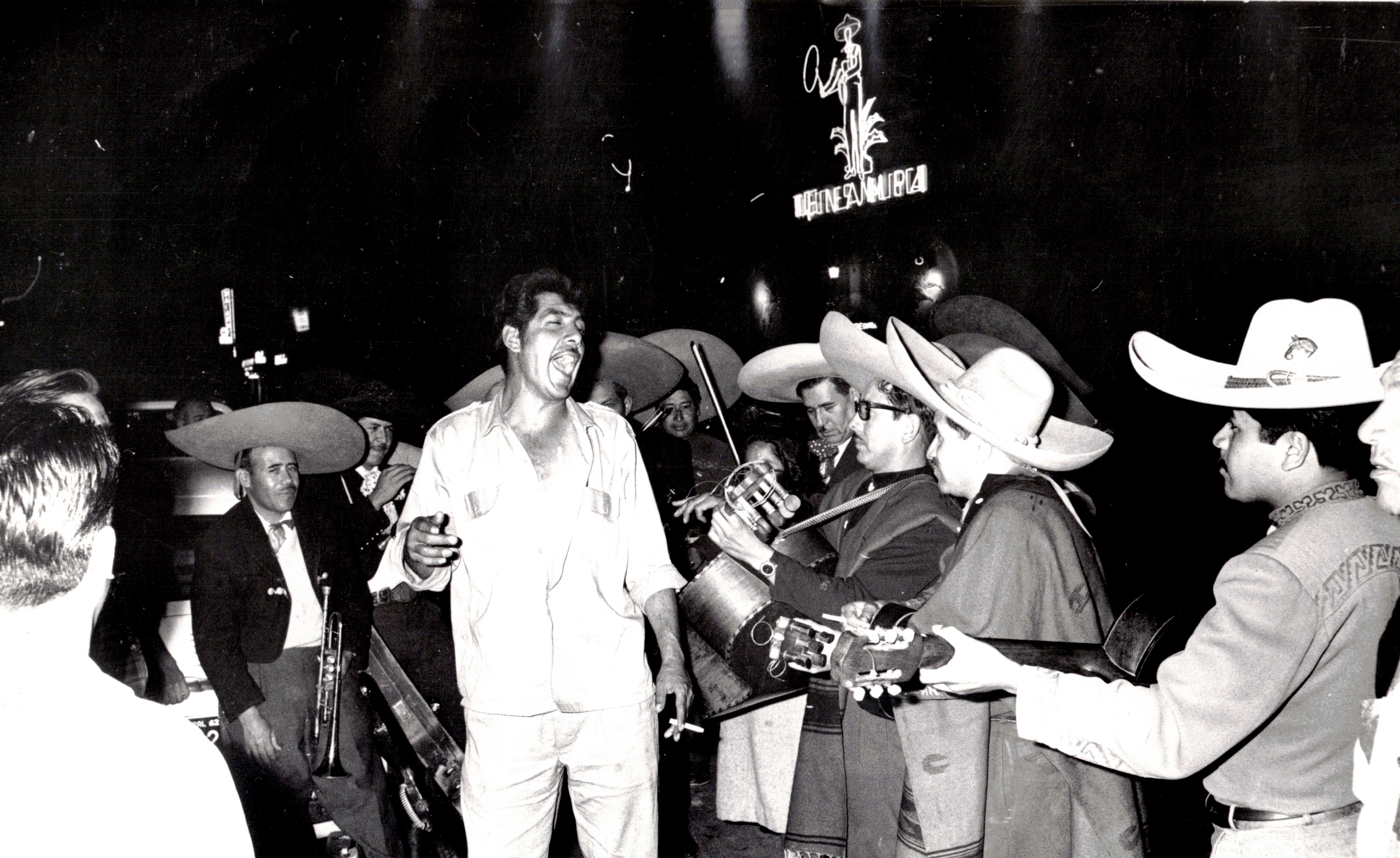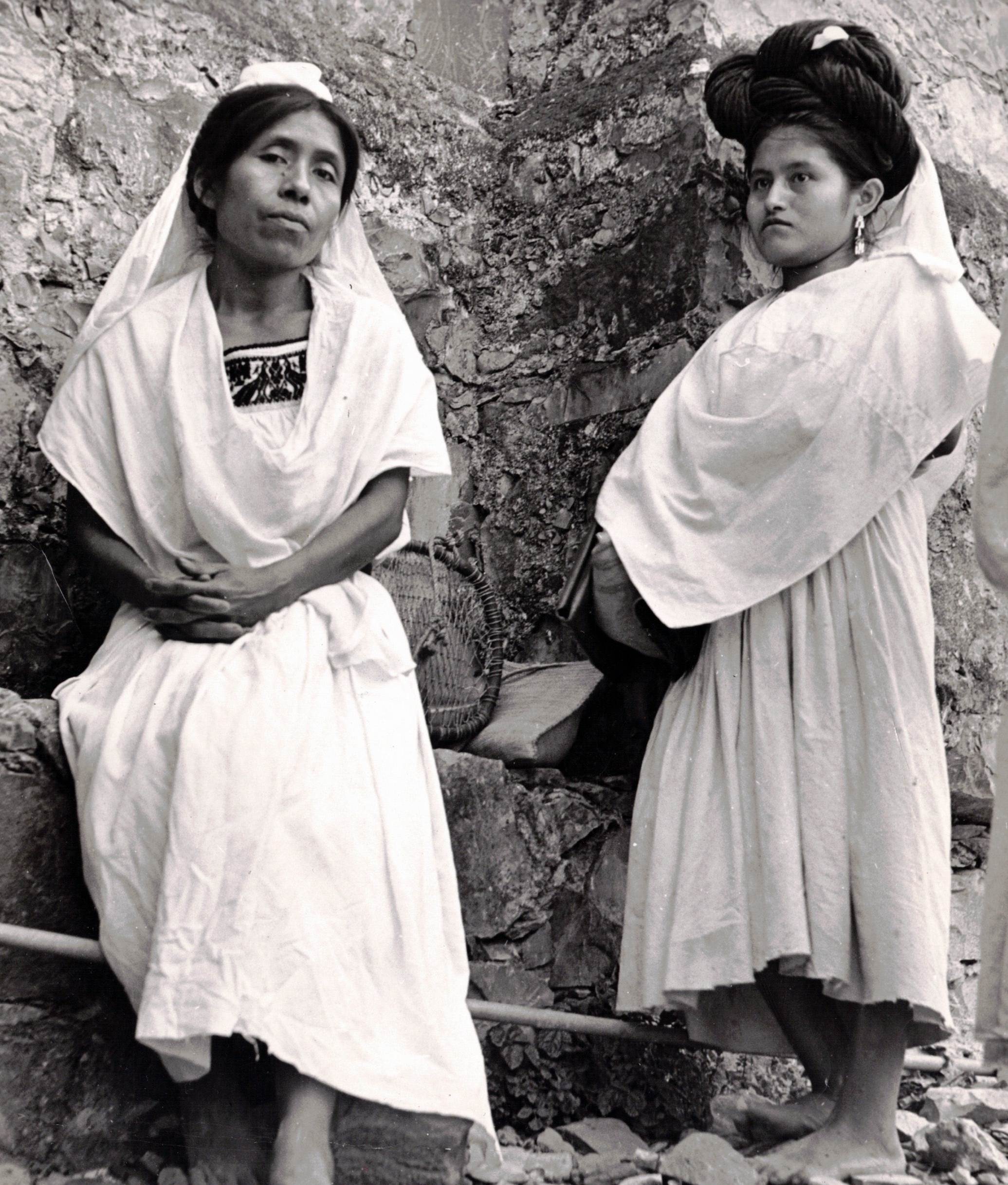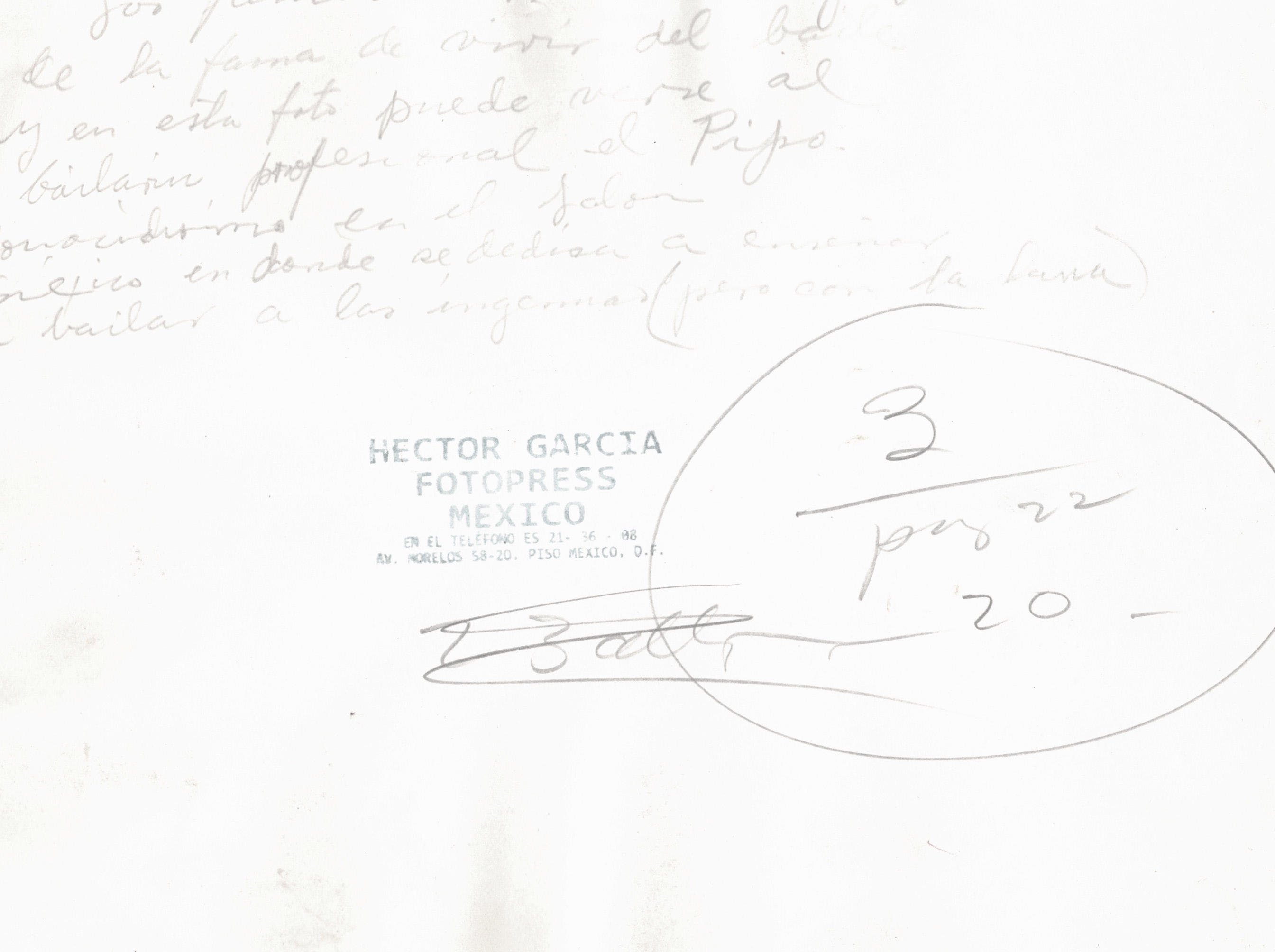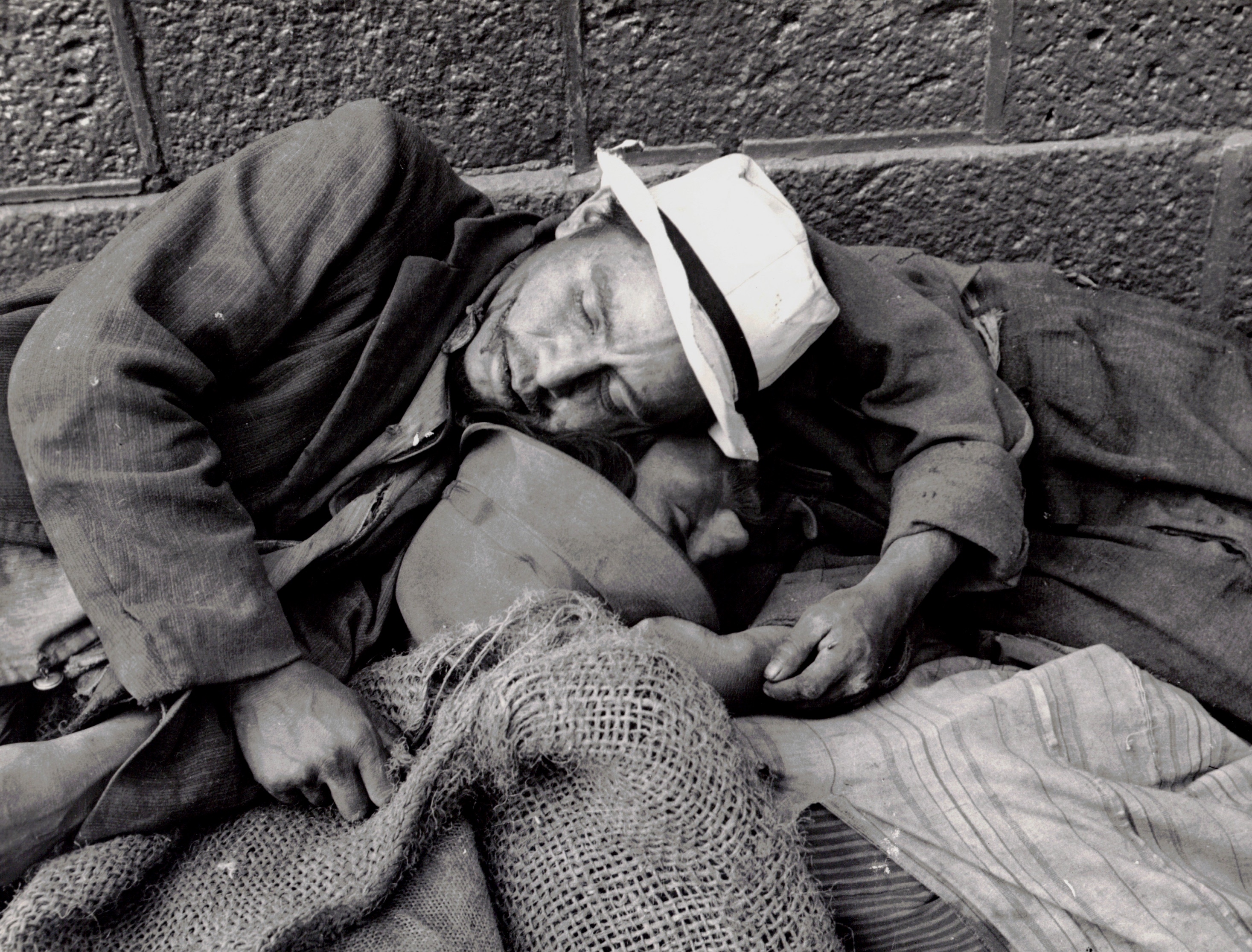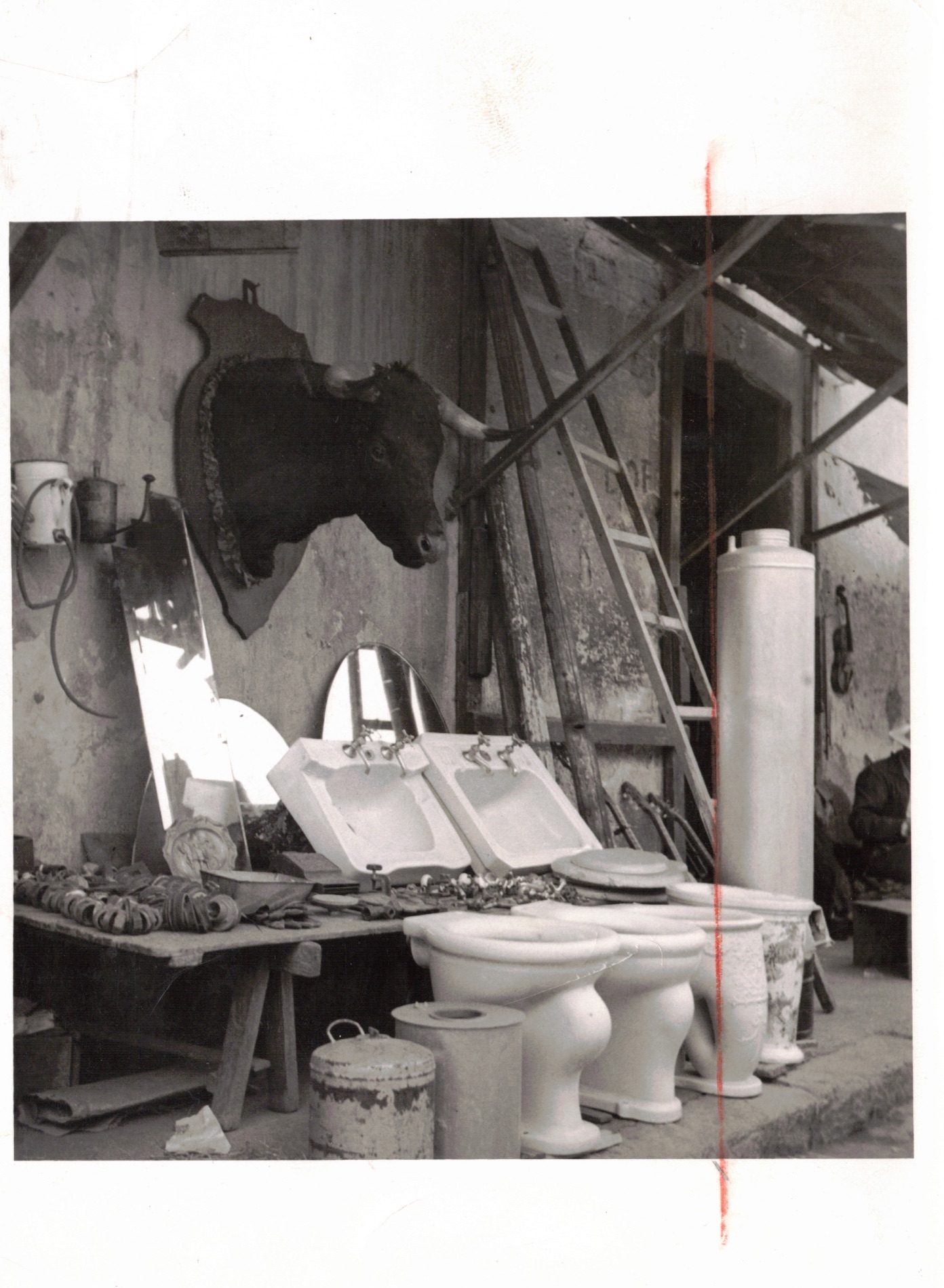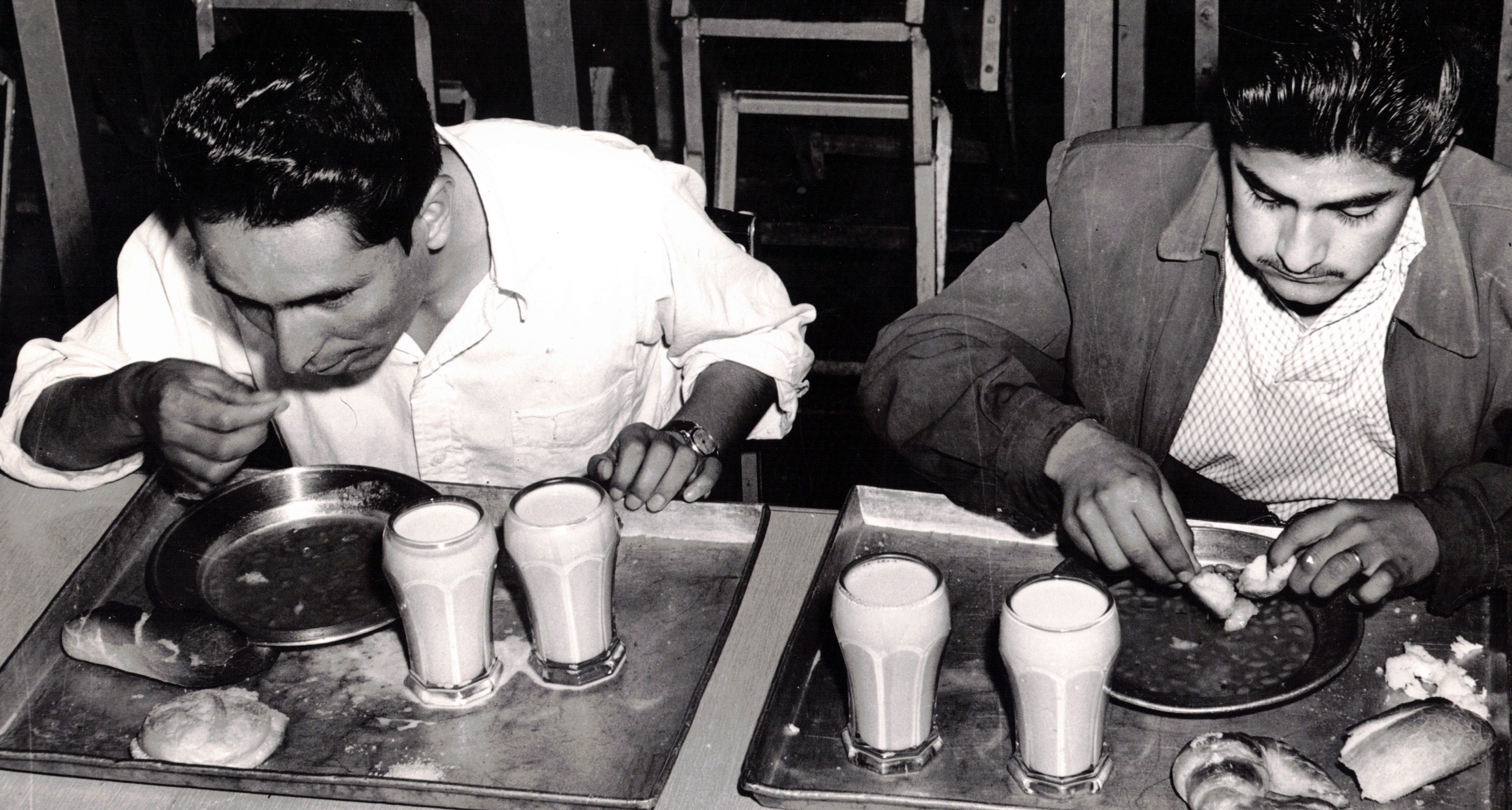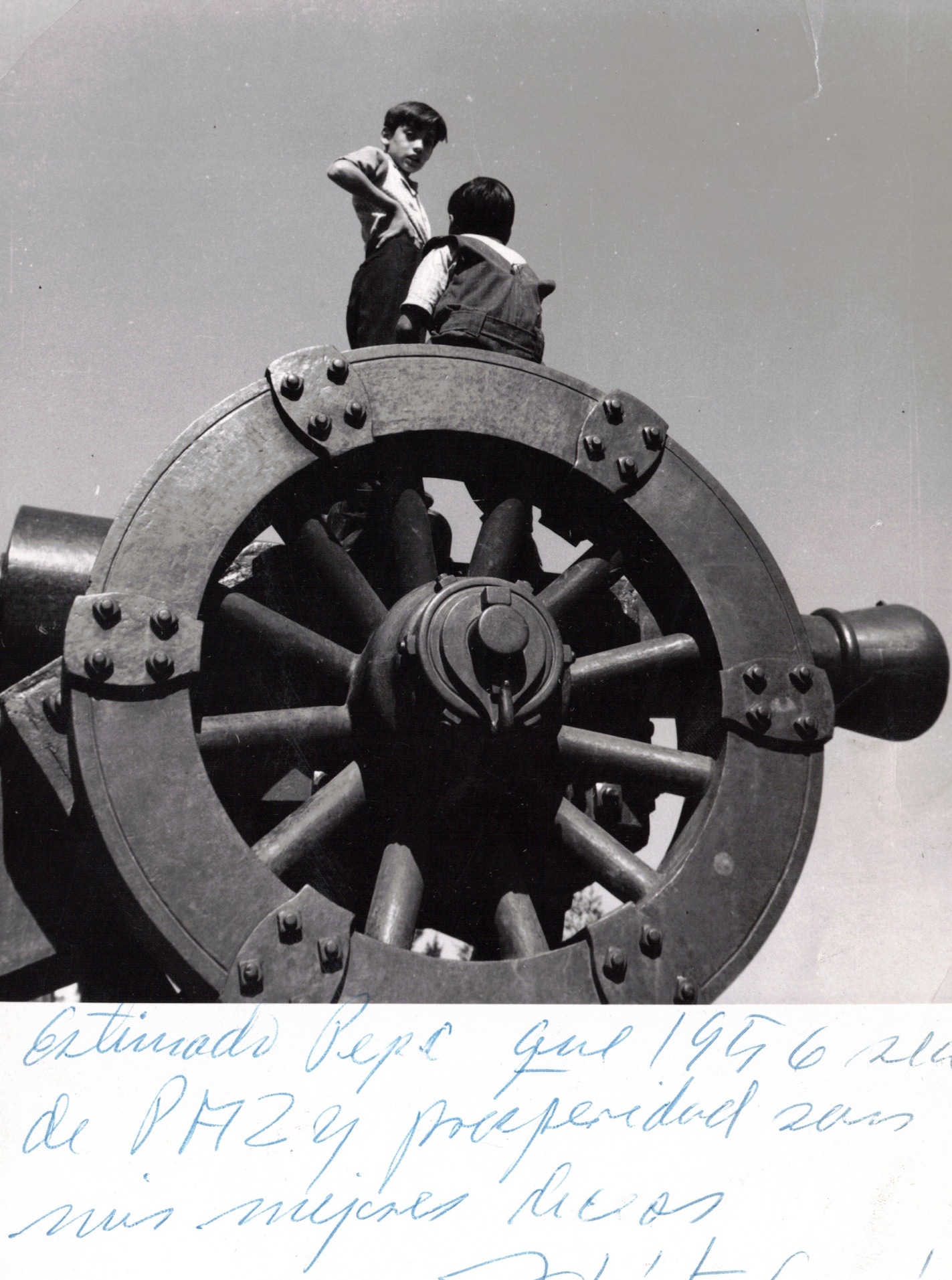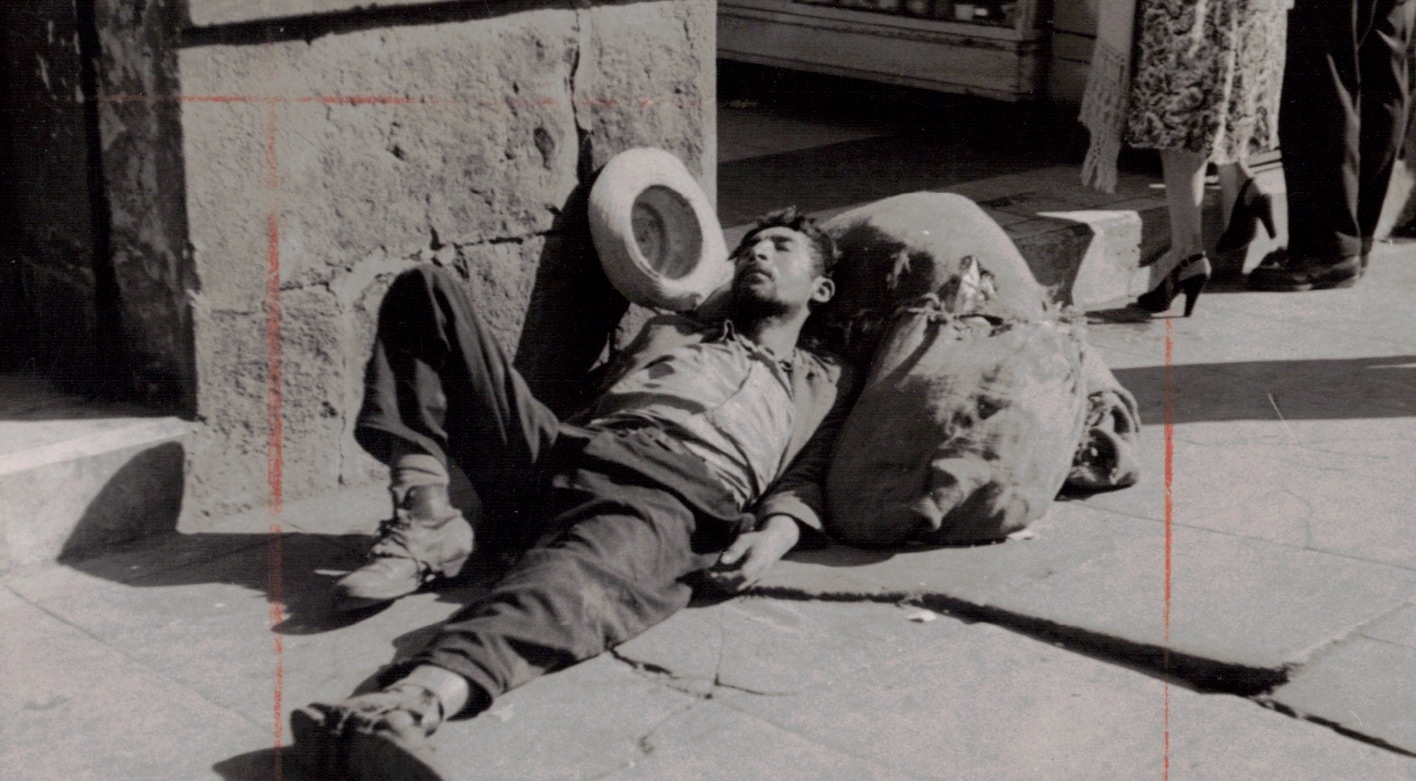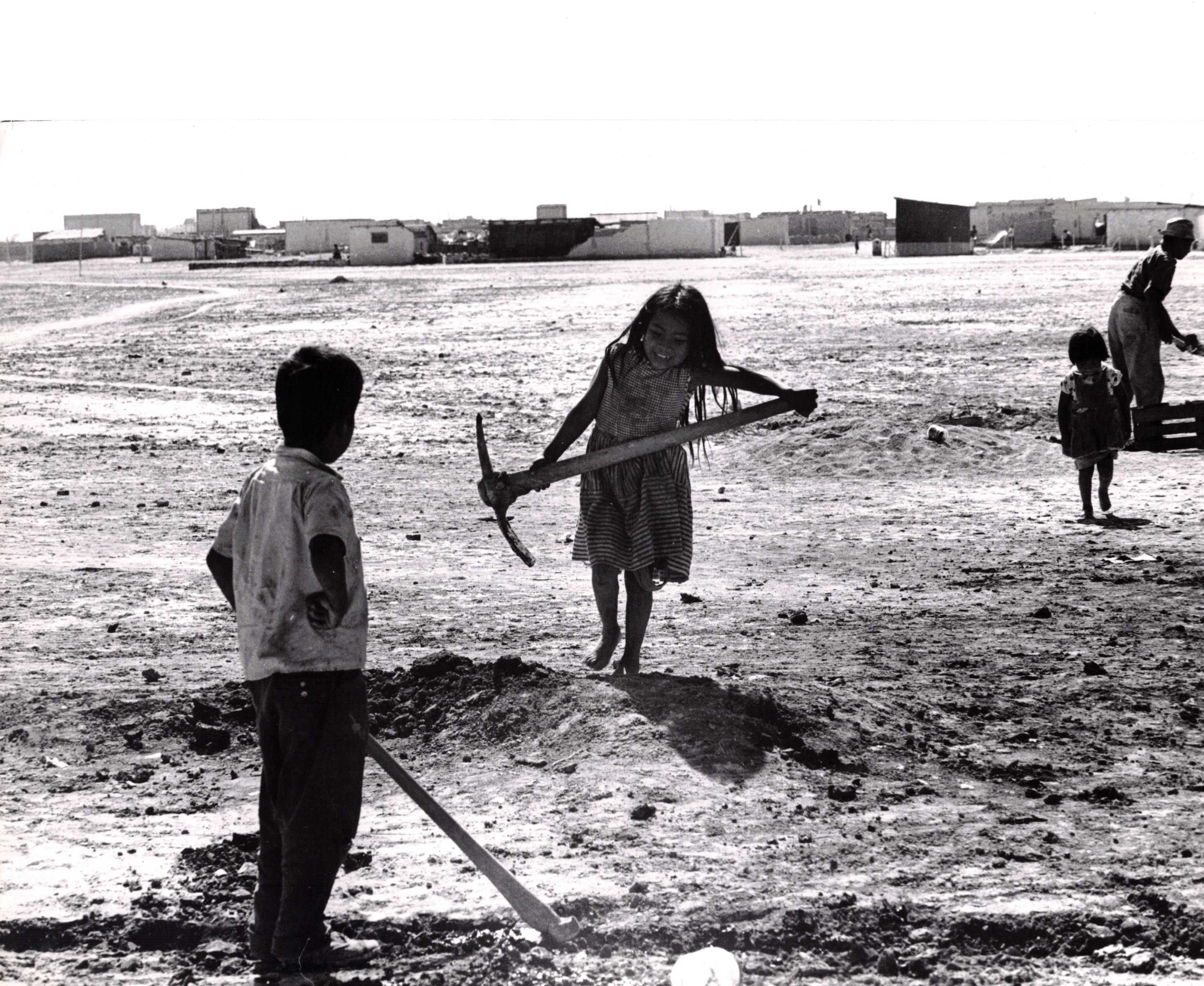GRAPH BOOKS: PRINTED MATTER FROM RADICAL ART AND SOCIAL MOVEMENTS.
FEMINIST HISTORIANS OF MATERIAL CULTURE.
25 Photographs
Héctor García, ca. 1956-1966
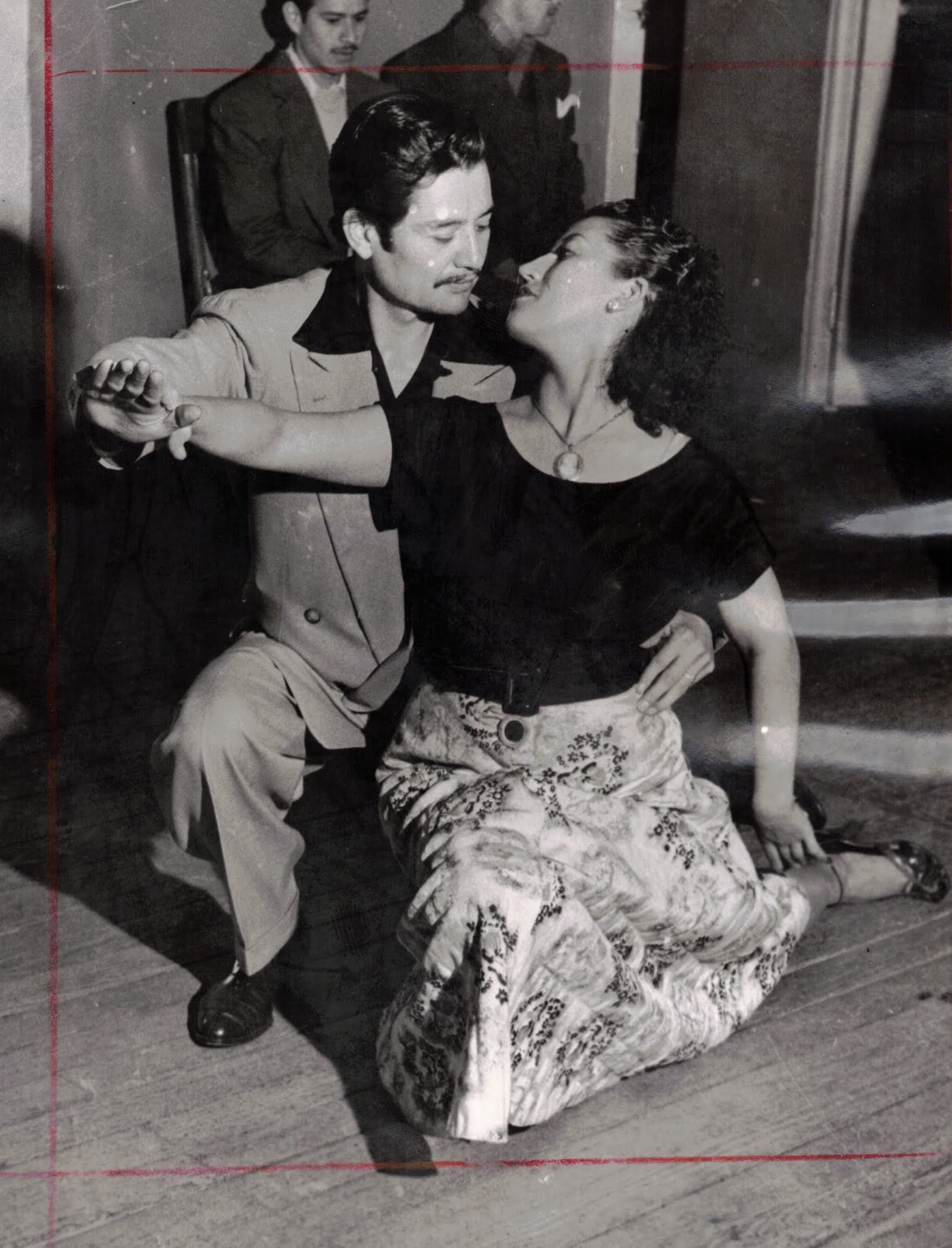
García, Héctor. 25 Vintage Photographs, ca. 1956-1966. Gelatin silver prints. Ranging from 12.5 x 17.5 cm to 25 x 20 cm, most 17 x 20 cm or larger. All with studio stamp verso, some with penciled inscriptions, five with editor’s red pencil cropping marks recto. One with date stamp 1966 verso, one inscribed 1956 by HG, 2 with lengthy penciled captions in HG’s hand, others with penciled annotations verso possibly in HG hand. A few slightly rippled, minor wear to edges and surfaces, most VG+.
Acclaimed Mexican photographer Héctor García (1923-2012) began his six-decade career as a student of Manuel Álvarez Bravo and Gabriel Figueroa at the Academia de Artes y Ciencias Cinematográficas. Inspired by Álvarez Bravo, García became a photojournalist, celebrated for his social criticism and images of Mexico City. From the late 1940s onward, the core of his work was street photography, taken during daily walks through the poor and working-class areas of the city where he grew up. García defined himself this way (“yo soy un fotógrafo callejero”) and “posited street photography as central to the medium itself by stating that ‘el mundo de fotógrafo está en la calle, y que allí está el elemento esencial para lograr buenas fotografías: el aspecto humano’ (the world of the photographer is the street, for it is there that one finds the element essential for good photographs: the human factor).”
He also won awards for his documentation of national protest movements in 1958 and 1968, and created well known portraits of his friends in the city’s artistic and intellectual circles, including Frida Kahlo, David Sisquieros, Dolores del Río, Octavio Paz, and Maria Félix.
The present group epitomizes his artistic talent and the contradictions he witnessed in a postrevolutionary Mexican society that idealized rural peasant life while nurturing anxiety over the growing importance of urban youth culture. “The period during which García began to work professionally coincides with President Miguel Alemán’s milagro mexicano (Mexican miracle, 1946–1952), an era of intensive urbanization and industrialization.” Images of laborers, children, and the homeless, as well as dynamic portraits of the transnational Pachuco culture (which thrived in the 1950s in lower class neighborhoods like Tepito); street barbers and musicians; and one of García himself, surrounded by children in a slum, all represent an emerging “modern” Mexico in great contrast to the one popularized by Alemán’s patriarchal, authoritarian PRI.
In 1950 he founded his own agency, Foto Press, and unlike many other photographers of his generation, was able to retain the rights to his work. The inexpensive papers and editorial notations and cropping marks (some of which are in García’s hand) are revealing of his working practices and speak to his commitment to photojournalism as both an art and information. Representing himself, he was able to actively collaborate with photo editors, as well as a number of writers, including Carlos Fuentes, Elena Garro, and Elena Poniatowska.
Despite the historical significance of his massive archive, holdings of vintage García prints are scarce in US institutions and often limited to celebrity portraits.
SOLD
Contents list available on request.
See Jesse Lerner, “The Proletarian Camera: Héctor García and the Reconfiguring of the Mexican Street,” in Ghosts of the Mexican Revolution in Mexican Literature and Visual Culture, pp. 191-218.
Offered in collaboration with Auger Down Books.
